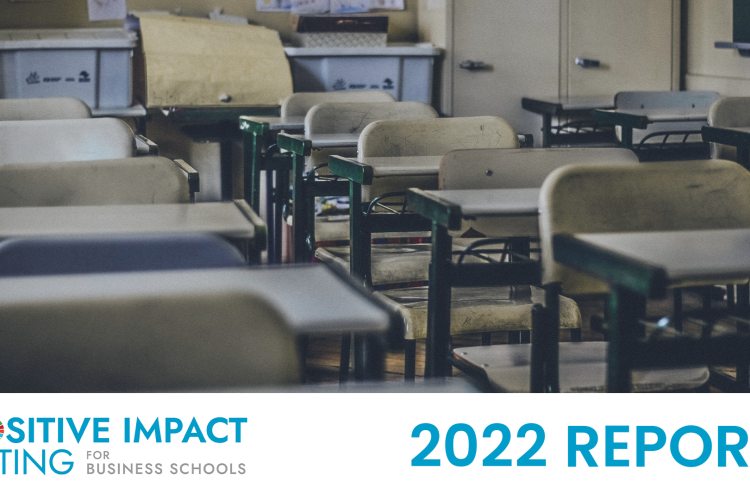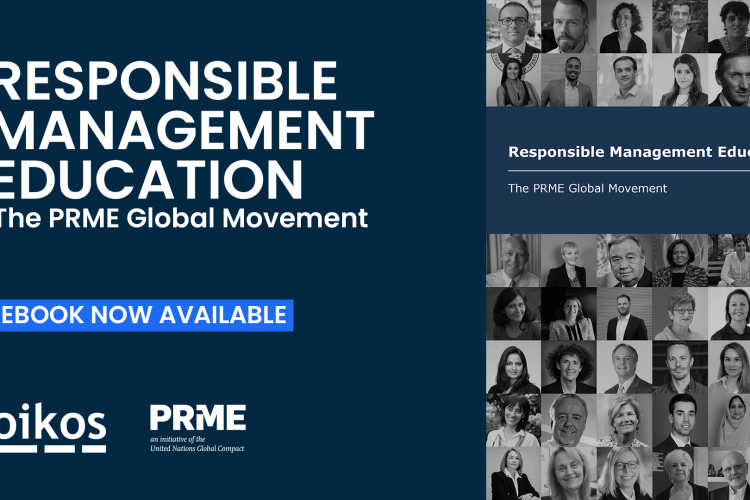Abstract
This case study is about a gold mining company that sought to practice “responsible mining” by reaching out to stakeholders and addressing environmental concerns, but which nevertheless attracted a host of protestors and opponents. Punctuated by testimony from its 85-year-old founder, it offers unique insights into Barrick Gold Corporation in the age-old pursuit of the precious metal, facing the problems of a new era. The world leader had spent $4.8 billion and more than a decade working to build the Pascua Lama gold mine amid the glaciers of the Andes mountain range in South America. But its promises to bring economic growth to impoverished communities were challenged by environmentalists and local groups seeking to preserve the pristine landscape and indigenous culture. The case provides a platform from which to pose the question ‘How much CSR is enough?’, enabling students to grapple with the dilemmas facing resource-intensive industries in a new age of environmentalism.
Barrick’s founder Peter Munk lays out the dilemma facing not just his company but the entire gold mining industry. Gold is getting harder to find and more expensive to mine, while the demands of environmentalists and governments seeking to protect their nations’ resources are steadily mounting. At the start of the story, Barrick had already invested millions dollars in community benefits and spent more than 200,000 man-hours on documenting an environmental review to launch its mega mine on the border between Chile and Argentina. Lured to the region by governments eager for economic development, it then had to obtain all the environmental and governmental approvals to get the go-ahead for the project. This meant making modifications to the project that it claims will avoid damage to glaciers in the region. It has gained many supporters in the community and has received more than 145,000 applications for the jobs it plans to create. Yet mid-way through construction, Pascua Lama is held up by environmental regulators and legal challenges from an indigenous people who inhabit the mountain region.
The project is extremely important to Barrick, which has already poured billions more dollars into developing the mine than it ever expected, and is only mid-way through construction. Not only can the company ill afford to lose its huge investment, it is depending on the mine (and others planned in the same region) to replace many of its older mines which are nearing the end of their productive lives. When a drop in the price of gold compounds the cost overruns and legal problems facing Pascua Lama, the company’s share price takes a nosedive. As Munk tells shareholders, the company must consider whether to suspend the Pascua Lama mine development altogether. Not only is the future of Barrick at stake, but of the gold mining industry.
As students consider what the company should do next, the case offers the opportunity to discuss the Social License to Operate (SLO), a concept which applies across natural resource-based industries, particularly extractive industries such as mining that operate in developing countries. While there is no universally accepted definition of SLO, it can be broadly thought of as “a community’s perceptions of the acceptability of a company and its local operation.” The dilemma presented in the case puts students in the position of deciding on the boundaries of the SLO. Can companies move forward with projects even if not everyone agrees? Implicit in this is the notion that perhaps the only way to responsibly mine gold is not to develop new mines at all.
[table id=94 /]



